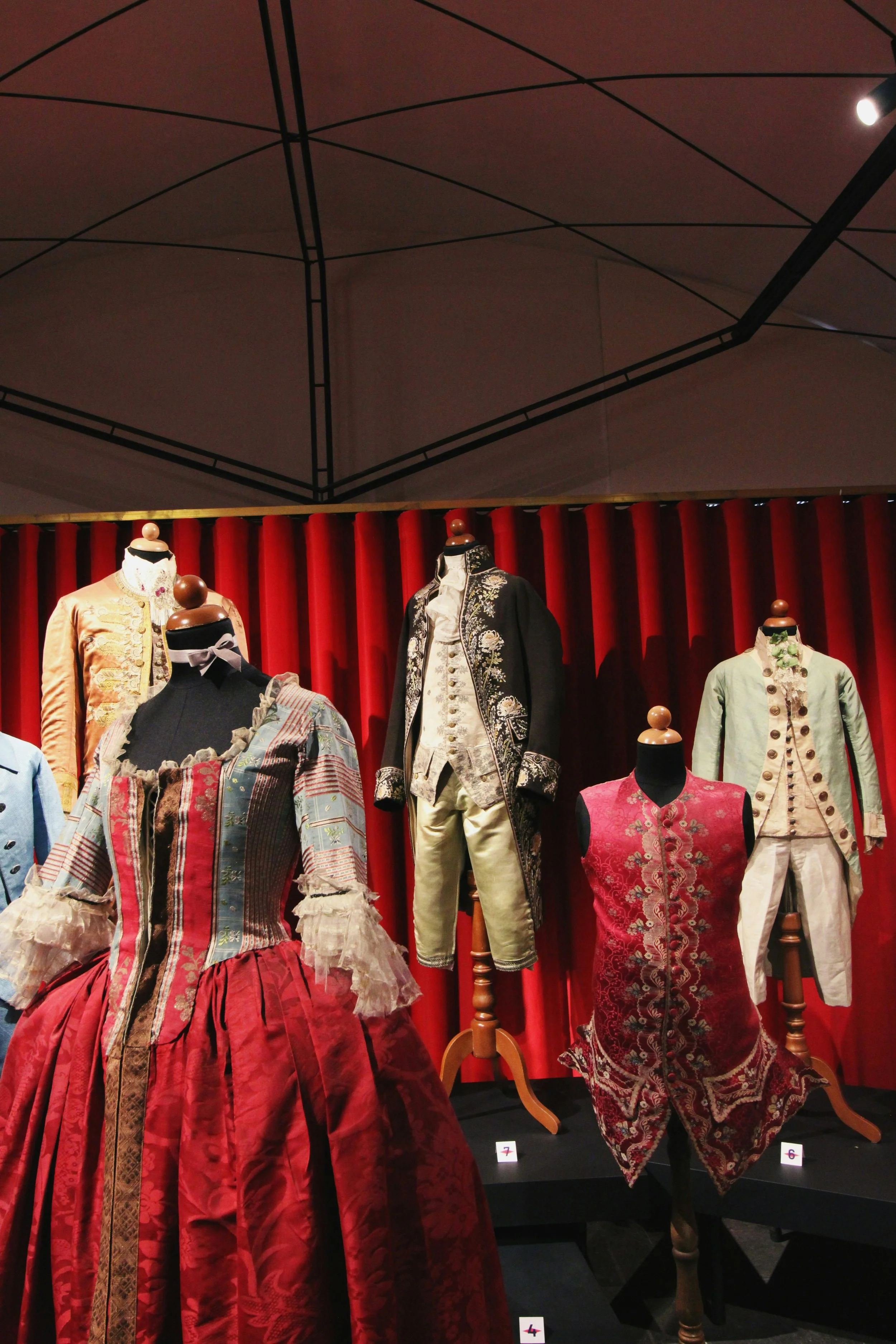From petticoats to parasols: female fashion in the Victorian era
By Maia Day
Photo by Valerio Giannattasio on Unsplash
When Queen Victoria took the throne, she brought with her a white wedding dress and minimalist day dresses, shocking the women of Victorian Britain. Queen Victoria impacted the style choices of the modern woman drastically across all classes, elevating fashion trends across the country.
And you can be certain the new TV drama Wax Fruit will faithfully showcase Victorian fashion, set as it is in Glasgow in the 1870s. Adapted from Scottish author Guy McCrone's ‘Wax Fruit’ novels, the main characters, The Moorhouse family, move from a remote farm in the Highlands to the thriving metropolis of Britain's’ second city of the empire...and the costumes provide a stunning mirror on the fashion of the times.
Before Victoria ascended to the throne, styles were garish. Loud colours, full skirts and puffy sleeves were what made a lady stylish at dinner in the 1830s. But by the start of the 1840s, after she ascended to the throne, styles became more minimalistic to match the Queen’s preferred fashion.
Throughout the Victorian era, various fashions came in and out of style, largely depending on what the royal ladies were favouring at the time. This ranged from wide skirts in the 1840s to the so called ‘natural form’, figure hugging gowns of the 1870s. However, some key features remained throughout the era that help to define Victorian fashion.
The general silhouette would include a tight fitted bodice and large, sweeping skirts, although this did vary slightly throughout the years. Crinolines (large, stiff, circular petticoats) were worn beneath the ladies' skirts, often utilized to achieve the desired circular shape and effect that was so popular.
Photo by Adrian Maximiliano Arellano on Unsplash
Corsets were a common part of a Victorian woman's outfit, despite social class or age. Women were even known to wear corsets when pregnant. The corset was usually constructed with rods made from steel or whalebone, and was used to create a slim waistline, which was widely desired throughout the Victorian era.
As styles changed, a bustle could be found underneath a Victorian ladies' skirts, instead of a crinoline. After the 1860s, the width of ladies' skirts started to shrink, and the desire to possess a rounded posterior became favoured. A bustle was adopted to create the desired effect, where the skirts were thrown out behind the wearer just below the waistline to create a graceful flow of the petticoats. Various materials were used to create the look, including a cushion or a device consisting of steel springs.
The ladies of Victorian Britain loved to accessorise. Bonnets, jewels, fans and long gloves were staples that complemented luxurious dresses. Pearls were popularised by Queen Victoria’s daughter-in-law, Princess Alexandra, as she favoured them in her jewellery. Hair pins, earrings and necklaces made with either diamonds or pearls were the height of popular fashion.
Bonnets were a key part of any outfit, and hats were created for every occasion. A bonnet was seen to preserve a woman's sense of modesty and decorum, and it was seen as proper etiquette to always wear one. Having a hat for every occasion was common among the upper classes and was used to show a person's wealth. At social events ladies could also be seen carrying bouquet holders, which would allow them to carry flowers while still being able to dance with ease.
Ladies of the upper classes adorned their dresses with ruffles, bows and decorative trims to show their wealth. Ladies of the middle and working classes were more minimalistic, sporting fewer accessories on their dresses, favouring functionality over fashion.
The modern-day woman is blessed with options. Jeans, hoodies, skirts, dresses, trainers, bras, everything is accessible. During the Victorian era, ladies' fashion was ruled by the standards of society, and to stray from these standards was seen as straying from social etiquettes. The fashion of the Victorian era creates a whimsical base for TV shows and films alike in the modern-day and shows us how influential fashion has been to our current styles.


